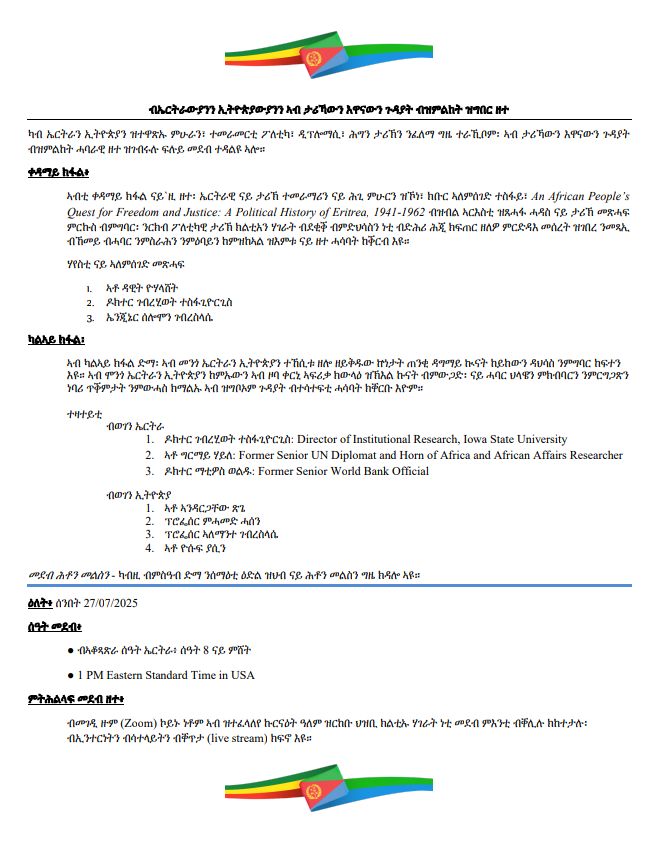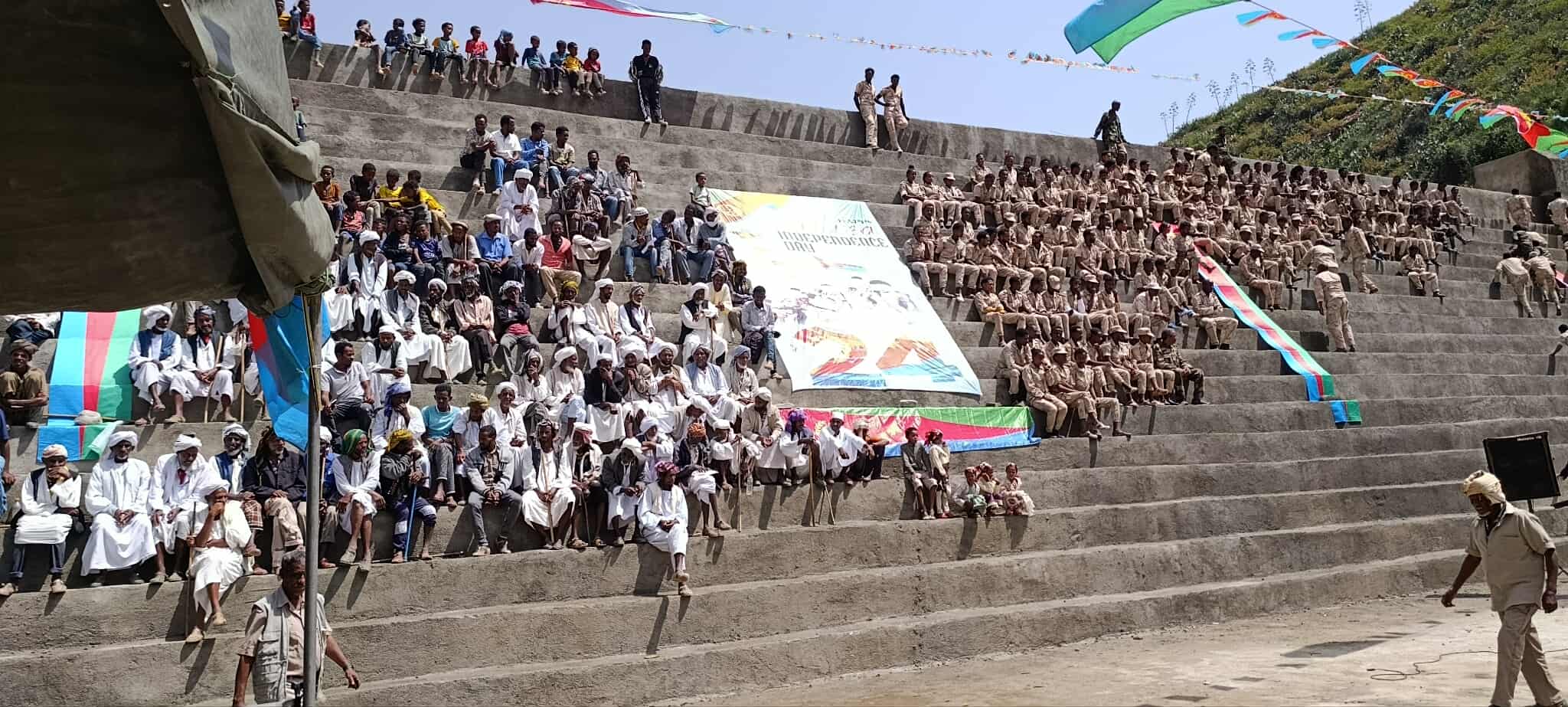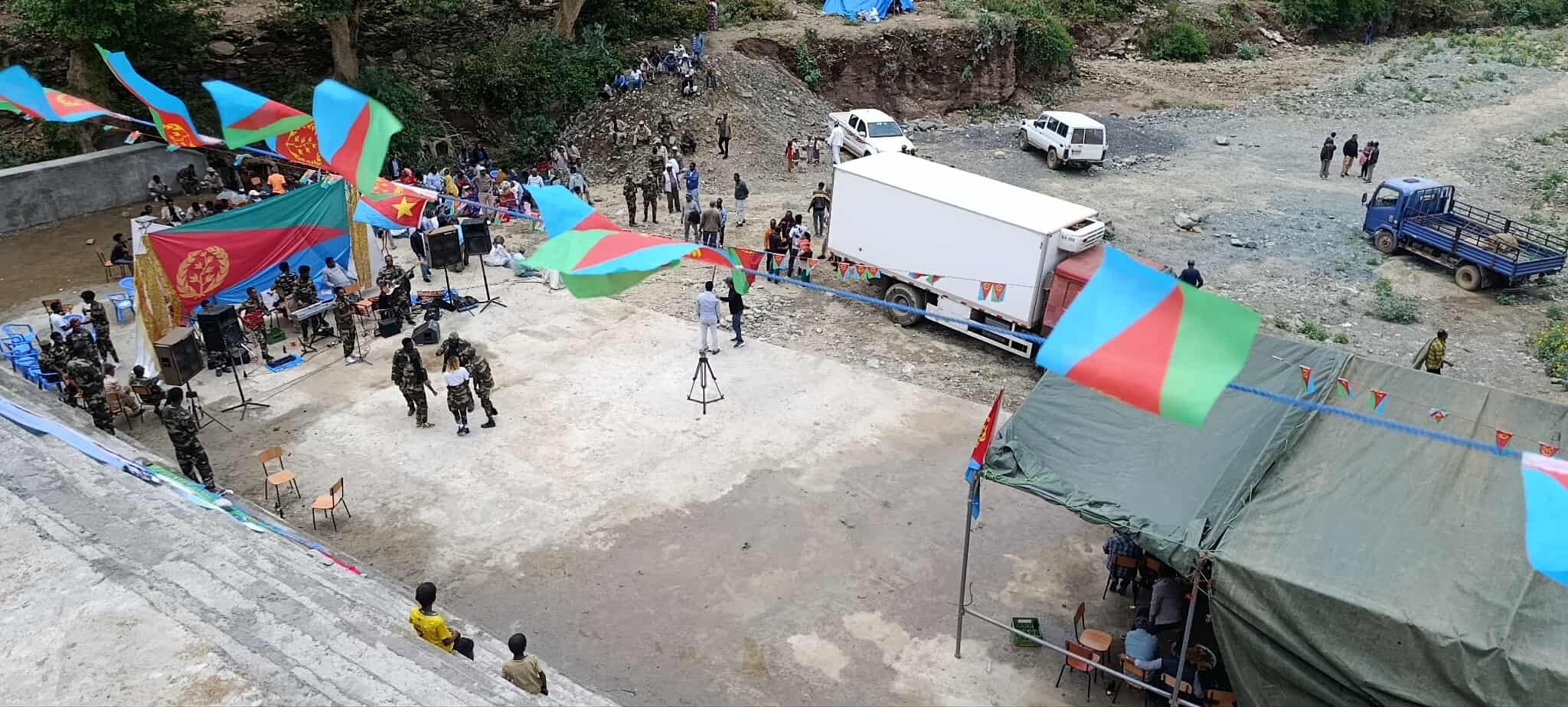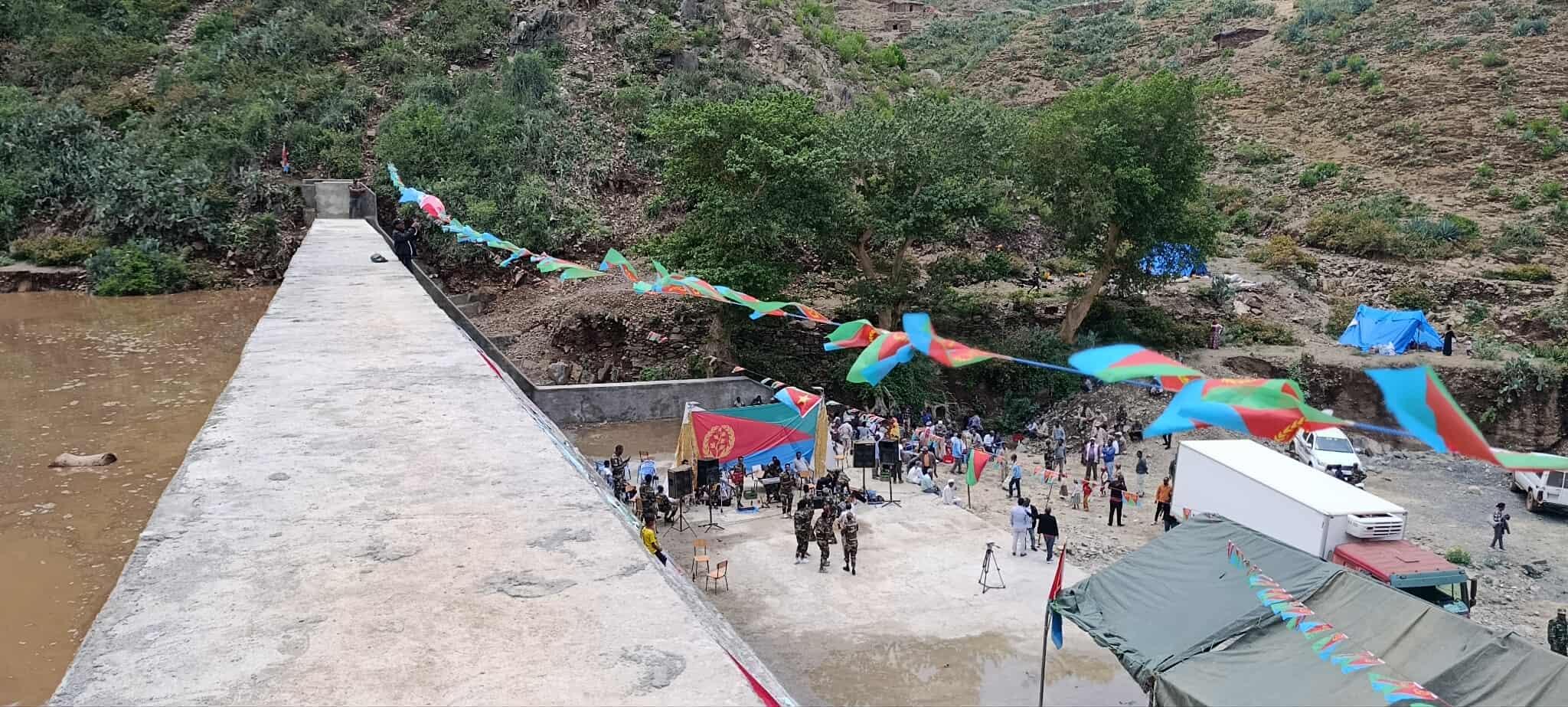
Opinion
The Cartographic and Media Wars Fueling Eritrea–Ethiopia Tensions
July 18, 2025

By Simon L Stefanos
https://borkena.com/2025/07/18/the-cart ... -tensions/
In 1997, Germany’s development agency, GTZ, provided technical support to Ethiopia’s Tigray regional administration for the production of a map that placed the town of Badme—recognized under colonial treaties as Eritrean—within Tigray. Eritrea, which had minimal involvement with GTZ, relied on colonial-era and United Nations-recognized maps to assert its sovereignty.
That GTZ-backed Ethiopian map, quietly distributed through state channels and foreign missions, played a pivotal role in escalating tensions. Ethiopia later used the map to justify its position during the 1998–2000 border war with Eritrea, while Eritrea presented treaty boundaries and internationally recognized maps to the United Nations. Ethiopia, despite asserting administrative control, never publicly presented legal cartographic evidence.
By 2025, Germany’s international broadcaster Deutsche Welle (DW) was again amplifying unilateral claims. In a July article, DW accused Eritrea of training Ethiopian militias and deploying troops into Ethiopia—without providing satellite imagery, UN findings, or verifiable sources. The article recycled allegations from Ethiopia government, its media and advocacy groups but failed to include Eritrea’s responses or any third-party corroboration.
Even more striking was DW’s omission of what is arguably the central driver of current tensions: irredentist claims to a Red Sea outlet made by Prime Minister Abiy Ahmed and echoed by Ethiopian state medias. These declarations, widely condemned as provocative and destabilizing, were neither mentioned nor critically examined by DW. Similarly overlooked was Ethiopia’s violation of the 2018 agreement, which prohibits both states from harboring or supporting anti-government elements against one another.
Ethiopia has permitted an armed Eritrean opposition group known as Brigade Nhamedu—later officially renamed the Eritrean Blue Revolution Front—to operate openly with an office in Addis Ababa. Reports indicate that the group conducts military training in Ethiopia’s Afar region. More recently, the group formally retained a lobbying firm in Washington, D.C.—a calculated move that signals the internationalization of a campaign to undermine Eritrea’s government, now gaining foreign institutional traction.¹ The timing of this development, alongside Western media’s growing reliance on unverified claims from Tigrayan-aligned activists and think tanks, suggests a coordinated and escalating effort to shape international opinion against Eritrea.
This narrative and political pressure campaign has been further reinforced by foreign actors, including United Nations agencies such as the United Nations Office for the Coordination of Humanitarian Affairs (UNOCHA), which has published maps that reflect the Tigray Regional Government’s territorial claims. These maps incorporate internationally recognized Eritrean territories into Tigray without reference to the legally binding decisions of the Eritrea–Ethiopia Boundary Commission (EEBC). The endorsement of such cartographic representations by UN-affiliated agencies constitutes not only a breach of neutrality but also a dangerous legitimization of contested claims, stoking bilateral tensions between the two countries. In contrast, no credible evidence has been presented to suggest that Eritrea supports any Ethiopian opposition forces. These asymmetries are routinely overlooked by outlets such as DW.
Compounding the situation is the absence of reconciliation between Eritrea and the TPLF-led Tigray administration. Despite the Pretoria Agreement halting formal hostilities, no substantive political resolution or normalization has occurred between Asmara and Mekelle. At the heart of this unresolved tension lies a deeper issue: the persistent refusal by the TPLF-led regional government—and its allied diaspora-based scholars and intelligentsia—to acknowledge Eritrea’s sovereign territorial claims, which are grounded in colonial-era treaties and upheld by the Eritrea–Ethiopia Boundary Commission (EEBC).
Tigray’s leadership and intellectual circles have consistently denied or undermined the legitimacy of Eritrea’s internationally recognized borders. To this day, there has been no formal acknowledgment by Tigrayan actors of the human and material costs Eritrea has incurred as a result of Tigray’s territorial ambitions and the unlawful occupation of Eritrean land. This absence of accountability continues to impede the prospect of durable peace.
Simultaneously, TPLF-affiliated scholars and diaspora influencers—often hosted by Western academic institutions and NGOs—have mounted an aggressive media campaign. With support from transatlantic organizations, these actors have amplified Tigrayan-origin narratives accusing Eritrean defense forces of misconduct during both the 2000–2021 war and the more recent Tigray conflict. These claims, frequently repackaged as independent Western research, are rarely subjected to critical scrutiny or balanced with Eritrean perspectives. The number of Eritreans who have perished while attempting to reach Europe and the United States has often been highlighted by international media when convenient to depict a grim picture of Eritrea, yet largely ignored when such coverage would implicate Western or Ethiopian complicity in the migration crisis and the associated deaths and suffering.
This narrative architecture has been further reinforced by advocacy reports such as Power and Plunder, a 2025 publication by The Sentry, which alleges that Eritrea’s leadership has exploited national resources for elite enrichment.² While presented as investigative journalism, the report exhibits selective sourcing, omits relevant historical context, and aligns with broader foreign policy agendas aimed at delegitimizing Eritrea’s post-liberation governance model. Such reports gain disproportionate influence in policy and media circles, often without undergoing rigorous peer review or independent verification.
GTZ’s cartographic intervention helped lay the groundwork for war once. Today, DW’s unverified allegations and strategic omissions, combined with growing foreign patronage of Eritrean opposition groups, UN-linked cartographic distortions such as UN Office for the Coordination of Humanitarian Affairs (UNOCHA)³, and NGO-driven publications, risk contributing to renewed tensions through media and political pressure. Eritrea’s historical claims remain rooted in documents, treaties, and binding legal decisions issued by recognized boundary commissions. Media narratives—like cartographic representations—must be grounded in verifiable evidence, not repetition.
Let history not be redrawn with cheap media campaign, where once it was delineated with pens.
References
¹ Opposition group Brigade Nhamedu hires lobbyist in the US, Africa Intelligence, July 15, 2025, https://www.africaintelligence.com/east ... 478467-bre.
² Power and Plunder: How Eritrea’s Elites Exploit the Country’s Resources, The Sentry, June 2025, https://thesentry.org/wp-content/upload ... ne2025.pdf.
³ UNOCHA: Ethiopia – National Access Map
https://www.unocha.org/results?q=Ethiop ... gsc.page=1
Editor’s Note : Views in the article do not necessarily reflect the views of borkena.com




